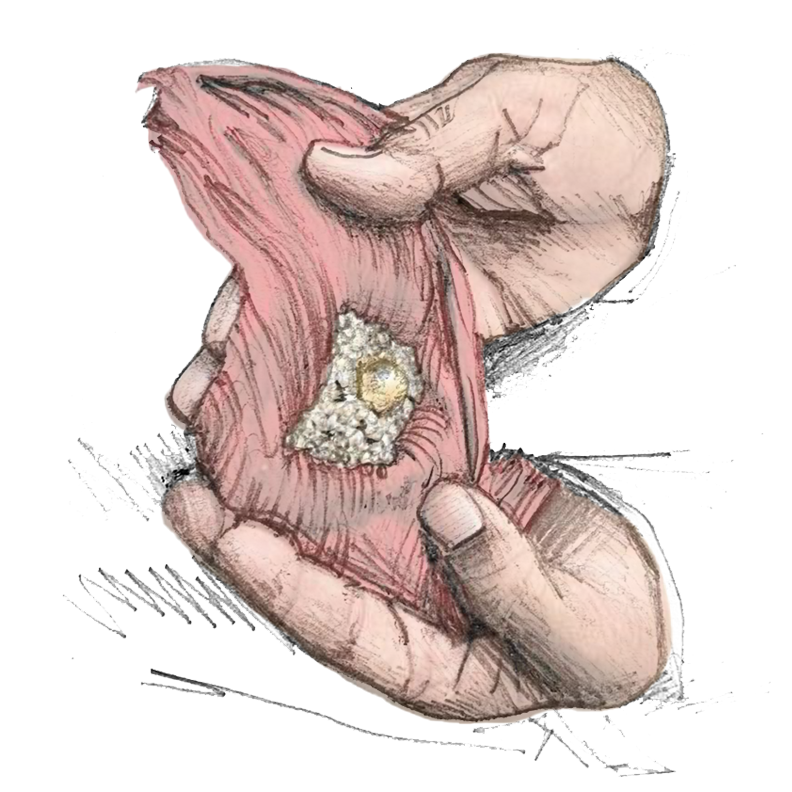
Tbaba
Pavilion for Dubai Design Week 2024
Tbaba (تبابة) is a pavilion showcased at Dubai Design Week 2024 in Dubai Design District (d3). This innovative installation merges Filipino and Emirati maritime heritage through a wind responsive design that transforms traditional pearl diving elements into contemporary architectural expression and creating an engaging space that provides shade and sparks cultural dialogue. Tbaba challenges conventional notions of design in the UAE through the power of intercultural collaboration and the potential of simple, sustainable materials to create high-impact, meaningful spaces.
A Tribute to the Arabian Gulf’s Pearl Diving Heritage

Tbaba (تبابة) is the arabic word refering to the iconic red cloth used to protect freshly harvested pearls, a symbol of the delicate relationship between the divers and the treasures they sought. This red fabric is a symbol of the pearl diving industry which was once widespread both in the UAE and throughout the gulf. Its texture and depth mirrors the Gulf’s waters and adds motion, connecting it to the movements of the wind and the fluidity of the sea.

These elements served as the main concept of the installation. This fabric would be deconstructed into different pieces, with a subtle but changing wave-like pattern that propagates throughout, honoring the ancient practices that shaped the Gulf’s maritime culture and symbolizing the meticulous care and reverence for the pearls collected by divers. The red installation serves as a poignant reminder of the arduous yet noble work of the divers and their support crews, celebrating the collective effort and cultural significance of this tradition and the enduring legacy of the pearl diving community and their invaluable contributions to the UAE’s heritage.
Harnessing the Wind, an Intercultural Force
Wind plays a crucial role in Tbaba, animating the red fabric to create a dynamic, kinetic volume that brings the installation to life. The fluttering fabric mimics the sea’s movement and the rhythmic motions of pearl divers, transforming the sculpture into a living tribute to the Arabian Gulf’s maritime heritage in a sustainable manner.
Tbaba highlights the subtle importance of the wind in Filipino culture and the ingenuity in harnessing it. From the sails used to navigate ships from balangays to the galleon trade, to folk stories such as that of Amihan and Habagat, the seasonal monsoon wind patterns of the country. Wind simulations played an important role in curating how the wind would interact with the fabric, reflecting the central role it plays in our installation.
A Dynamic Social Space

Tbaba’s design contributes to the public infrastructure of Dubai Design District by serving different social purposes. Apart from being an eye-catching installation, the fabric provides shade to people below it and redirects wind into the passageway it creates, creating a cool and comfortable environment. Its platform allows people to sit around it while also elevating those walking through the experience.
Simple, yet Sustainable Materials

Tbaba as a minimalist installation is made out of low cost and sustainable materials: scaffolding for its structure , which will be reused after the exhibition, recycled plywood for the stage, and red fabric, which gives form and mimics the tbaba cloth.








